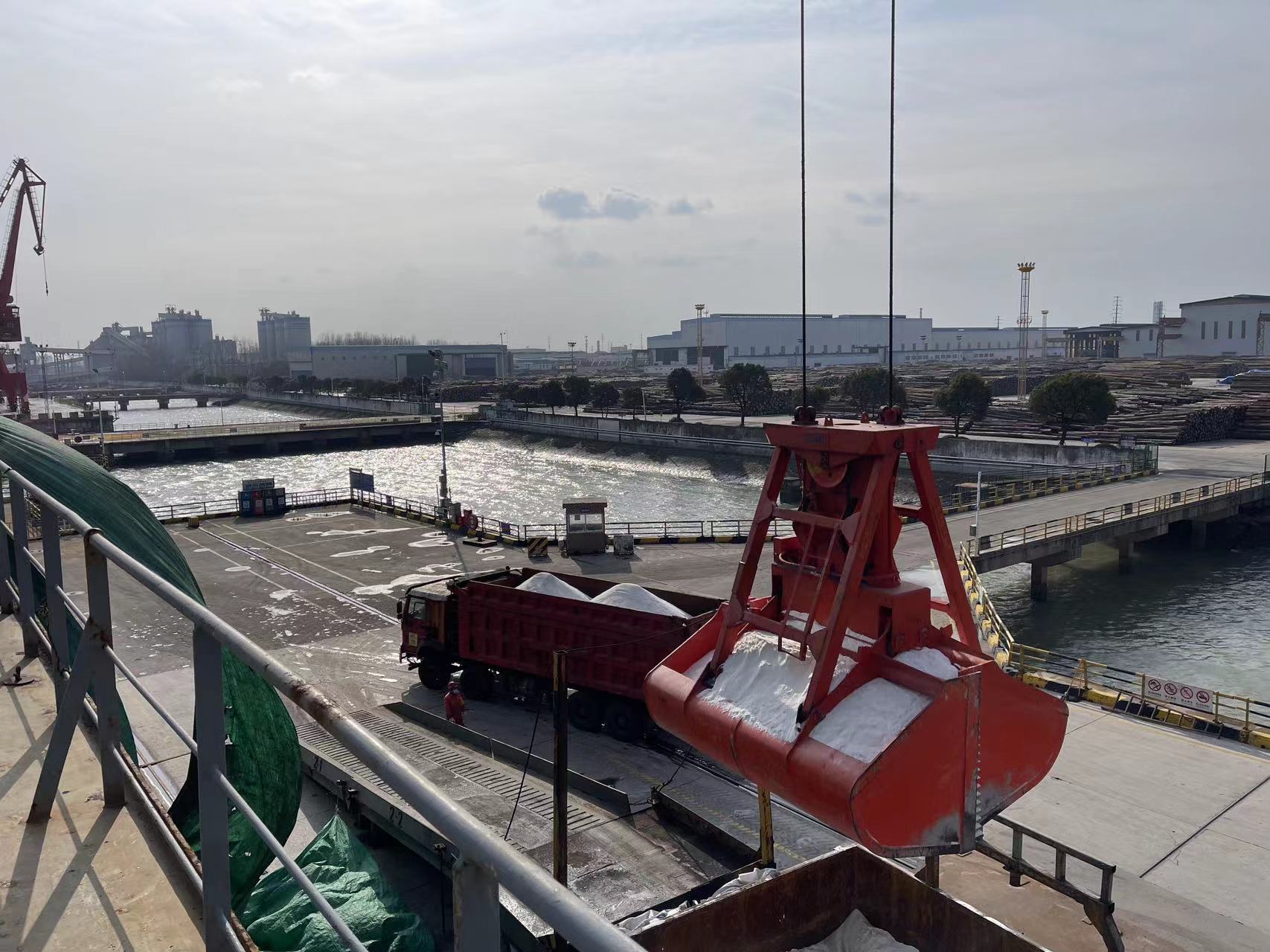Comprehensive analysis of the types and applications of fertilizer raw materials
2024-10-14
YUNNAN YINGFU TRADING CO., LTD
Share and exchange
Explore the diversity of fertilizer raw materials and their importance in agricultural production, help farmers choose appropriate fertilizers, increase crop yields, improve soil quality, and promote sustainable development.
Diversity of fertilizer raw materials
In modern agricultural production, the selection of fertilizer raw materials directly affects the yield and quality of crops. Fertilizer raw materials can generally be divided into two categories: inorganic fertilizers and organic fertilizers, each with its own characteristics and applications.
1. Raw materials of inorganic fertilizers
Inorganic fertilizers are usually synthesized by chemical methods and have the characteristics of high efficiency and rapid effect. They can be mainly divided into nitrogen fertilizers, phosphate fertilizers, potash fertilizers, etc.:
- Nitrogen fertilizer: such as urea, ammonia water, etc., can effectively promote plant growth.
- Phosphorus fertilizer: including superphosphate, which is essential for root development.
- Potassium fertilizer: Common ones include potassium chloride, which can improve the stress resistance of crops.
2. Raw materials of organic fertilizer
Organic fertilizers come from animal and plant residues and are made through processes such as composting or fermentation. They can improve soil structure and increase soil fertility. They mainly include:
- Farmyard manure: mainly comes from livestock and poultry excrement.
- Green manure: mainly leguminous plants, which have the function of nitrogen fixation.
- Biofertilizer: such as liquid bacterial fertilizer, can promote crop growth.
Selection and application of fertilizer raw materials
It is crucial to choose the right fertilizer raw materials for different crops and growth stages. Here are some suggestions:
- Based on soil test results: Conduct soil tests regularly to understand the nutrient status of the soil.
- Consider crop needs: Different crops have different nutrient requirements, and appropriate fertilizers should be selected according to the crops.
- Application method: Apply fertilizer scientifically, combine soil characteristics and climatic conditions, and reasonably choose the application time and method.
Environmental protection and sustainable development of fertilizers
As the concept of sustainable agriculture gradually gains popularity, the use of environmentally friendly fertilizers is also gaining more and more attention. Choosing environmentally friendly, low-residue fertilizer raw materials can not only reduce pressure on the environment, but also improve the health of the soil and promote the sustainable development of agriculture.
Summarize
The diversity of fertilizer raw materials provides a variety of options for agricultural production, but choosing the right fertilizer raw materials requires caution. Only by combining soil characteristics, crop needs and environmental awareness can high-quality agricultural development be achieved.

.jpg)
